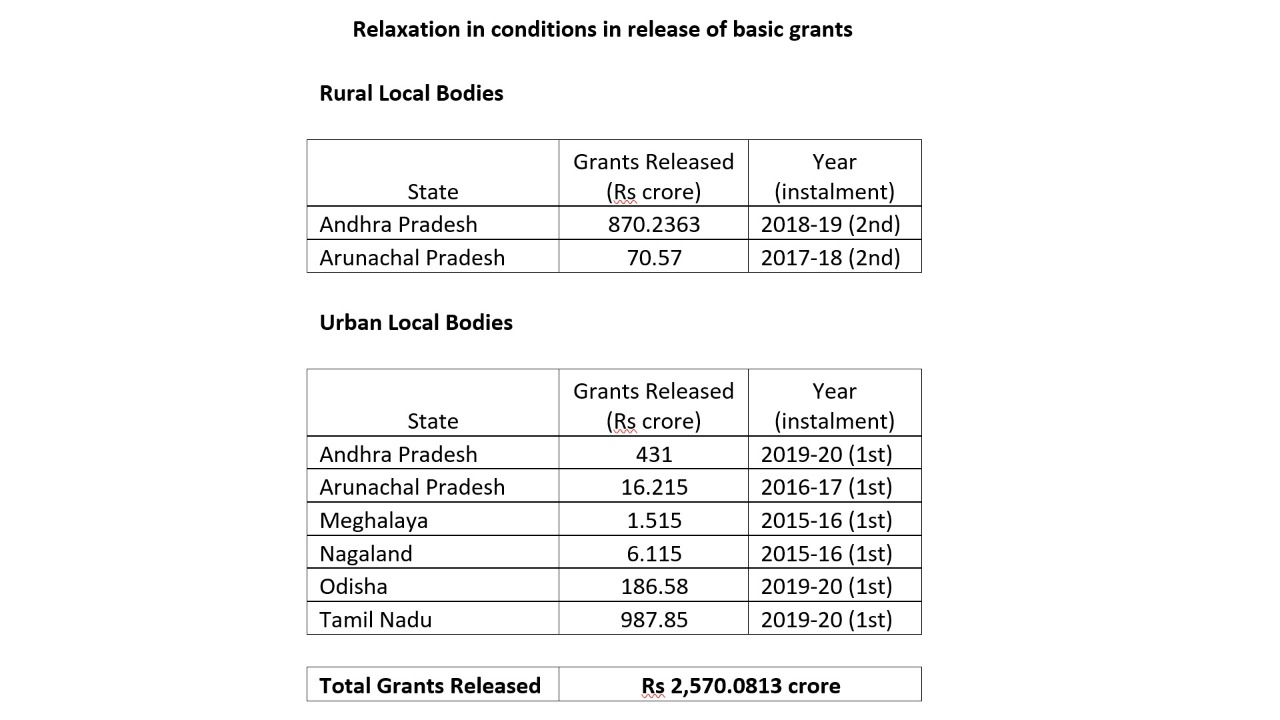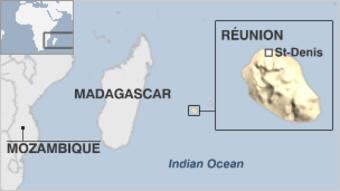7667766266
enquiry@shankarias.in
Carissa Kopilii
Rushikulya River
Olive Ridley
Bulk Drug Park
Bulk drugs (or) Active Pharmaceutical Ingredients
Key Starting Materials
AYUSH Health and Wellness Centre
National AYUSH Mission
Ayushman Bharat
Central Grants to Local Bodies

Reunion Island

Source: The Hindu